
It was built in 1274, next to a Franciscan convent and was probably given the name Zocco because of its shape, which is very similar to a zoccolo di cavallo- a horse's hoof. In 1403 the first modifications were made to it, indeed, before this date, the castle was called villa and had one hundred and fifty inhabitants. Once the defences had been strengthened, it took the title of castrum and as early as 1456, housed hundreds of people from Perugia who had fled a serious plague epidemic that raged through the city. In 1479, it endured a violent siege by Florentine troops, as many fortresses in the area did, including the nearby Rocca Monaldi. A few years later, in 1486, a well costing twenty-five florins was built inside the castle that had been built for defensive purposes. From the 16th century onwards a period of slow decline for the castle began, when it was improperly run by the camerlenghi (chamberlains) of the lake. Another contributing factor was the rising lake waters, which meant that Zocco found itself, in just a few years, on the shores of the lake. Once the castle was connected to a little port, an active community of fishermen quickly formed which, over time, however, gradually decreased. At the beginning of the Twentieth century it was inhabited by a small community of farmers, but for decades, it has belonged to the Palombaro family of Rome, who are producers of a well-known extra-virgin olive oil.
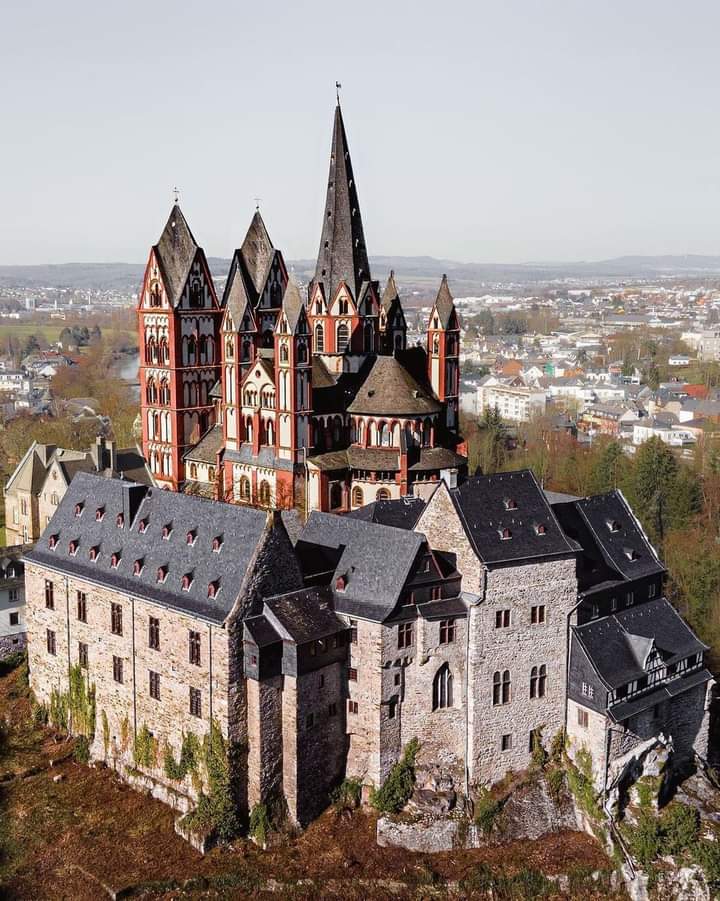
Since the Merovingian period, but no later than around the year 800, there was a castle that served as road safety at a Lahn crossing. In the 9th century, the counts resided there on behalf of the Fra...Read more
View (108,444) | Like (0) | Comments (0)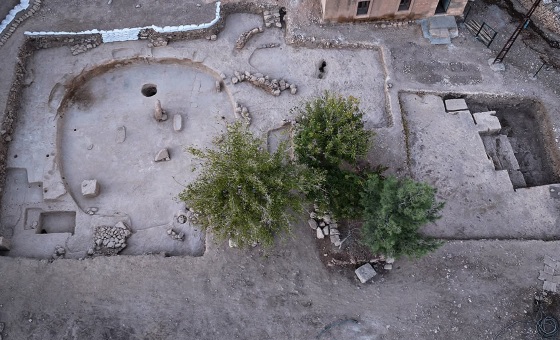
Unearthed in 2021 beneath a modern village in southeastern Turkey, Sayburç revealed a Neolithic settlement dating back over 11,000 years. Archaeologists have uncovered a large circular communal build...Read more
View (4,800) | Like (0) | Comments (0)
The baobab tree, often called the “Tree of Life,” is a 2,000-year-old African giant that stands as a symbol of resilience and survival in the savannah. Towering up to 30 feet tall, it stores wa...Read more
View (66,227) | Like (0) | Comments (0)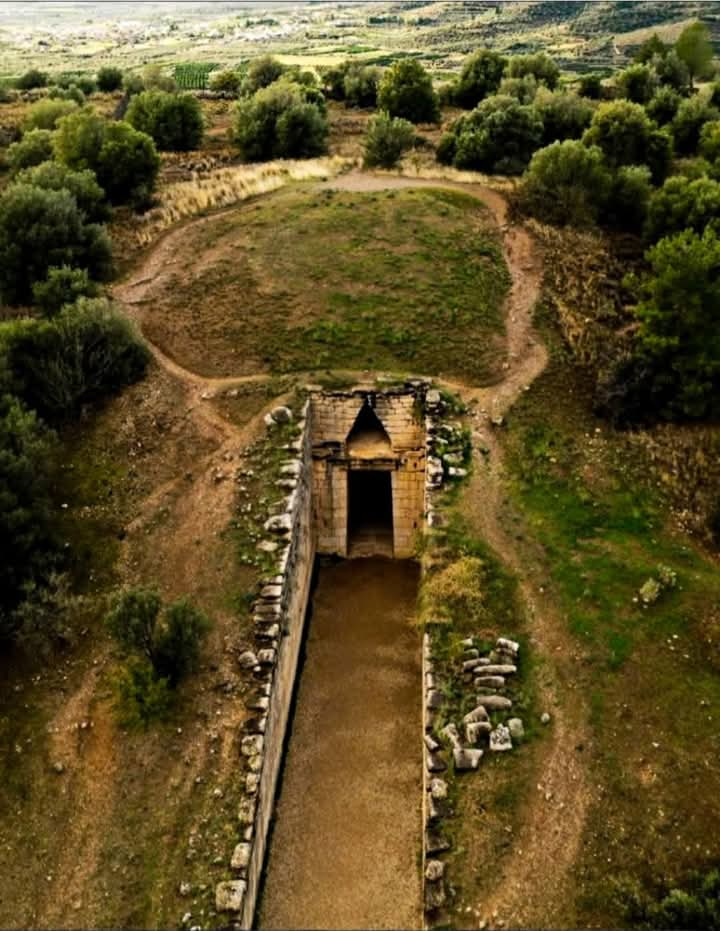
The Treasury of Atreus, near Mycenae, is a marvel of Mycenaean engineering from around 1250 BC. Although often called the ❝Tomb of Agamemnon❞, its true occupant remains unknown. One of its most...Read more
View (42,846) | Like (0) | Comments (0)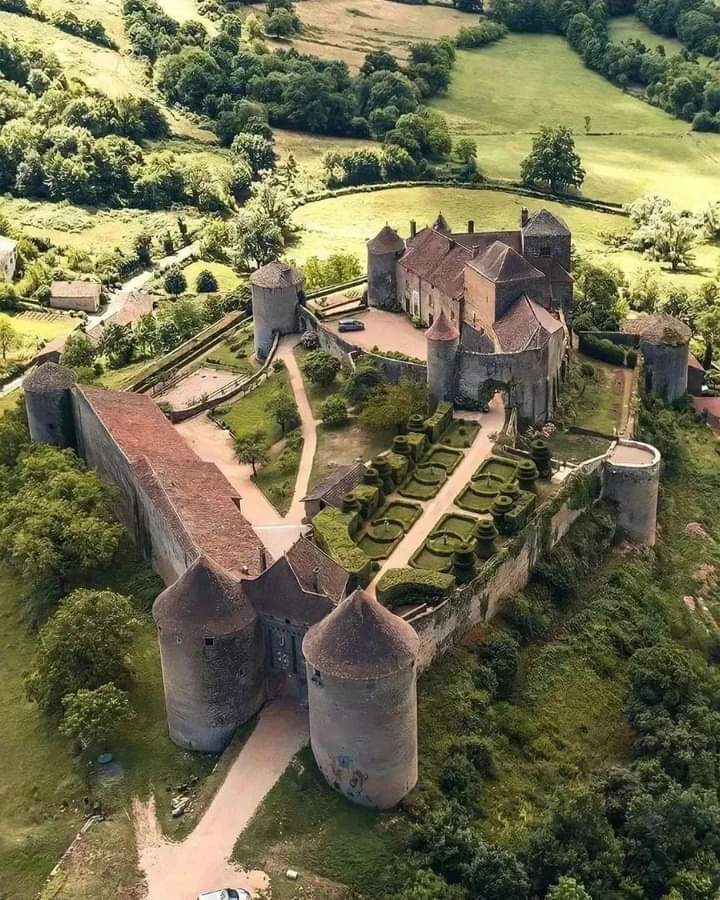
The Château de Berzé-le-Châtel, nestled in the picturesque French countryside, stands as a testament to medieval architecture and history. Perched atop a limestone cliff overlooking the lush greene...Read more
View (103,200) | Like (0) | Comments (0)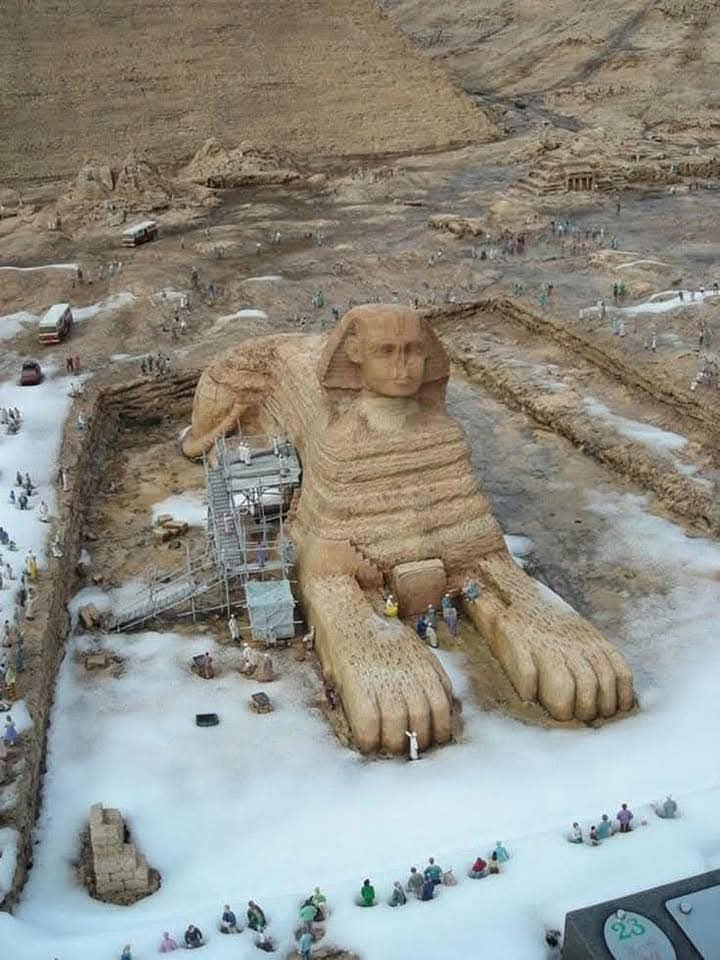
The Great Sphinx of Giza surrounded by what appears to be snow, a rare and surreal sight for this iconic symbol of ancient Egypt. As one of the most enduring monuments of antiquity, the Sphinx has sto...Read more
View (91,243) | Like (0) | Comments (0)
Slovenská Ľupča Castle is located on a hill 375m above sea level in the village of Slovenská upča, Slovakia. After the plundering invasion of the Tatars in 1241, only stone fortresses were lef...Read more
View (105,329) | Like (0) | Comments (0)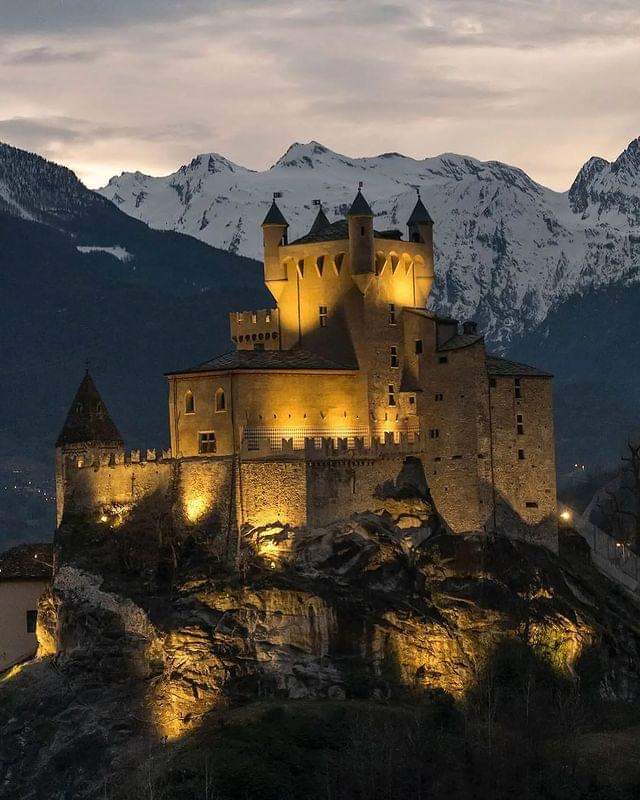
Saint Pierre Castle, nestled majestically on a rocky promontory overlooking the picturesque town of Saint-Pierre in Corsica, stands as a testament to centuries of history and architectural prowess. Or...Read more
View (101,197) | Like (0) | Comments (0)
The Megyeri Bridge Spans the river Danube and is part of the M0 highway in Budapest, Hungary. It is the first and highest cable-stayed bridge in Hungary.The Megyeri Bridge is 100 m high, 1,862 m lo...Read more
View (39,046) | Like (1) | Comments (0)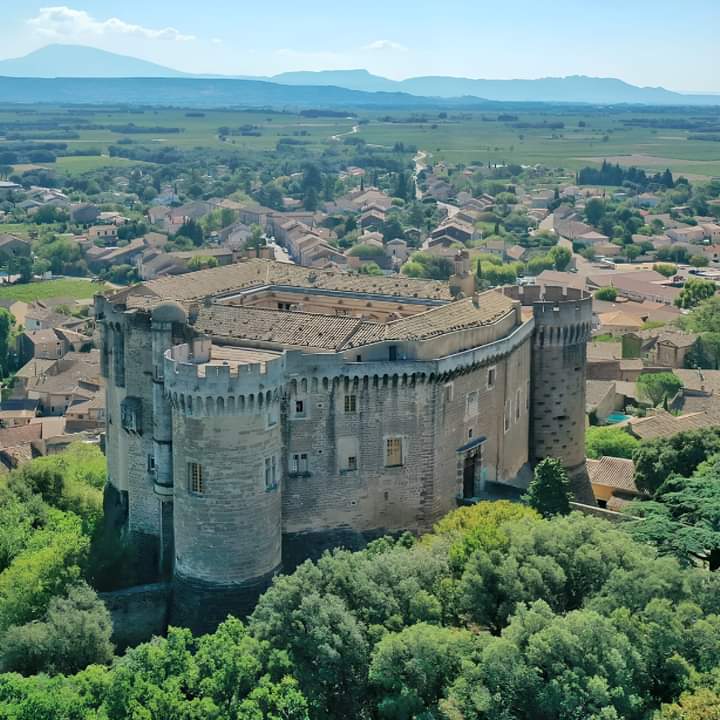
Suze-la-Rousse Castle: A Majestic Blend of Medieval and Renaissance Architecture in Southern France. Nestled in the picturesque landscapes of the Drôme department in southern France, Suze-la-Rouss...Read more
View (105,780) | Like (0) | Comments (0)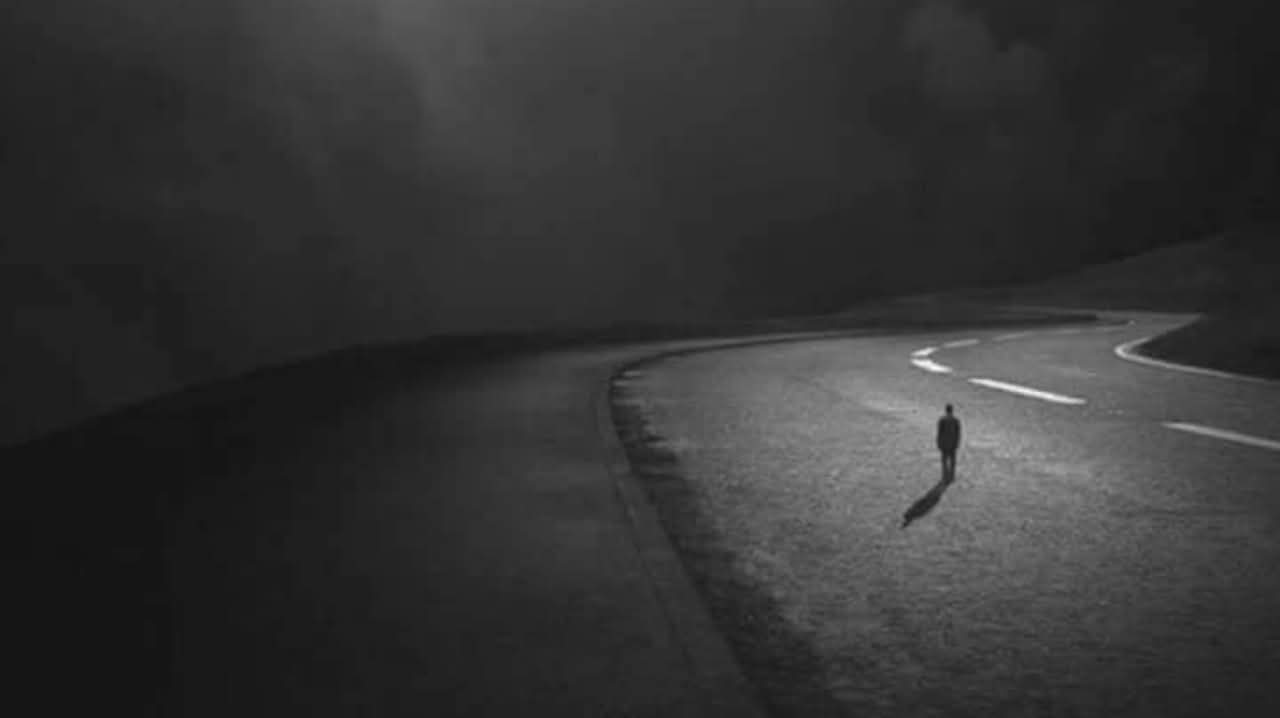
জীবনের সবকটা দিন সহজ হবে না। কিছু কিছু দিন আসবে যেদিনগুলোয় বেঁচে থাকা খুব কঠ...Read more
View (2,180) | Like (0) | Comments (0)
জার্মান প্রত্নতাত্ত্বিকরা সম্প্রতি ইরানে ৩,০০০ বছর পুরনো এক পাত্রভর্তি কা�...Read more
View (13,648) | Like (0) | Comments (0)
বাংলাদেশের অধিকাংশ পুরুষই তার সঙ্গিনীকে পরিপূর্ণ শারীরিক তৃপ্তি বা অর্গা�...Read more
View (20,355) | Like (0) | Comments (0)
শিক্ষার মর্যাদা অর্থের তুলনায় শ্রেষ্ঠ। এতো এতো পরীক্ষায় উত্তীর্ণ হয়ে চাকর�...Read more
View (17,502) | Like (0) | Comments (0)I seldom দিয়ে বাক্য তৈরি করে Spoken English শিখুন। ➜ I seldom smoke. = আমি খুব একটা ধুমপান করিনা। ➜ I...Read more
View (7,977) | Like (0) | Comments (0)
টাকার গুরুত্ব তখনই বোঝা যায়, যখন আপনার আদরের সন্তান দোকানে দাঁড়িয়ে একটা খেল�...Read more
View (16,076) | Like (0) | Comments (0)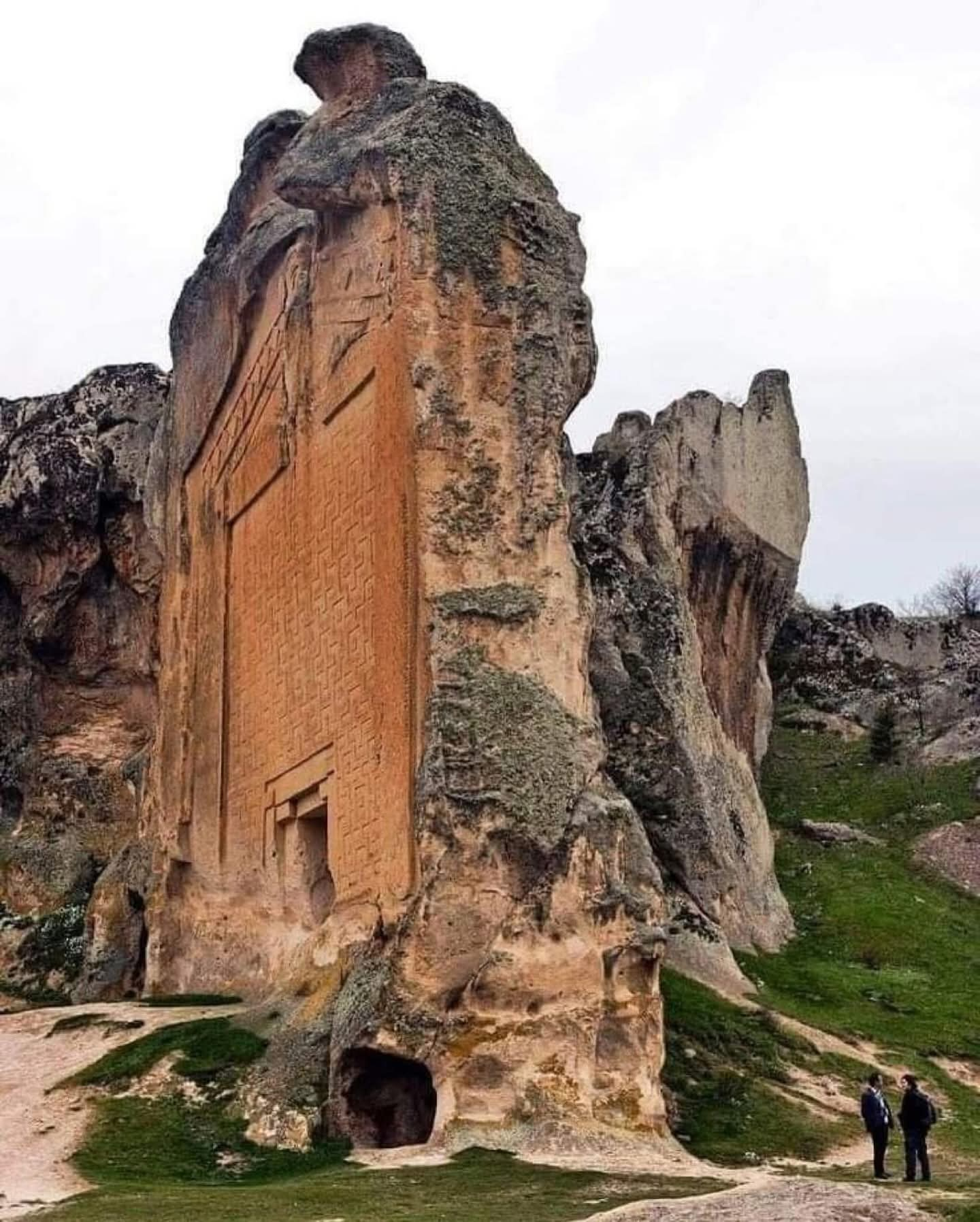
The Midas Monument, also referred to as Yazılıkaya, is an impressive rock-cut facade situated in Eskişehir Province, Turkey, dating back to approximately the 7th or 6th century BC. Standing at 1...Read more
View (1,028) | Like (0) | Comments (0)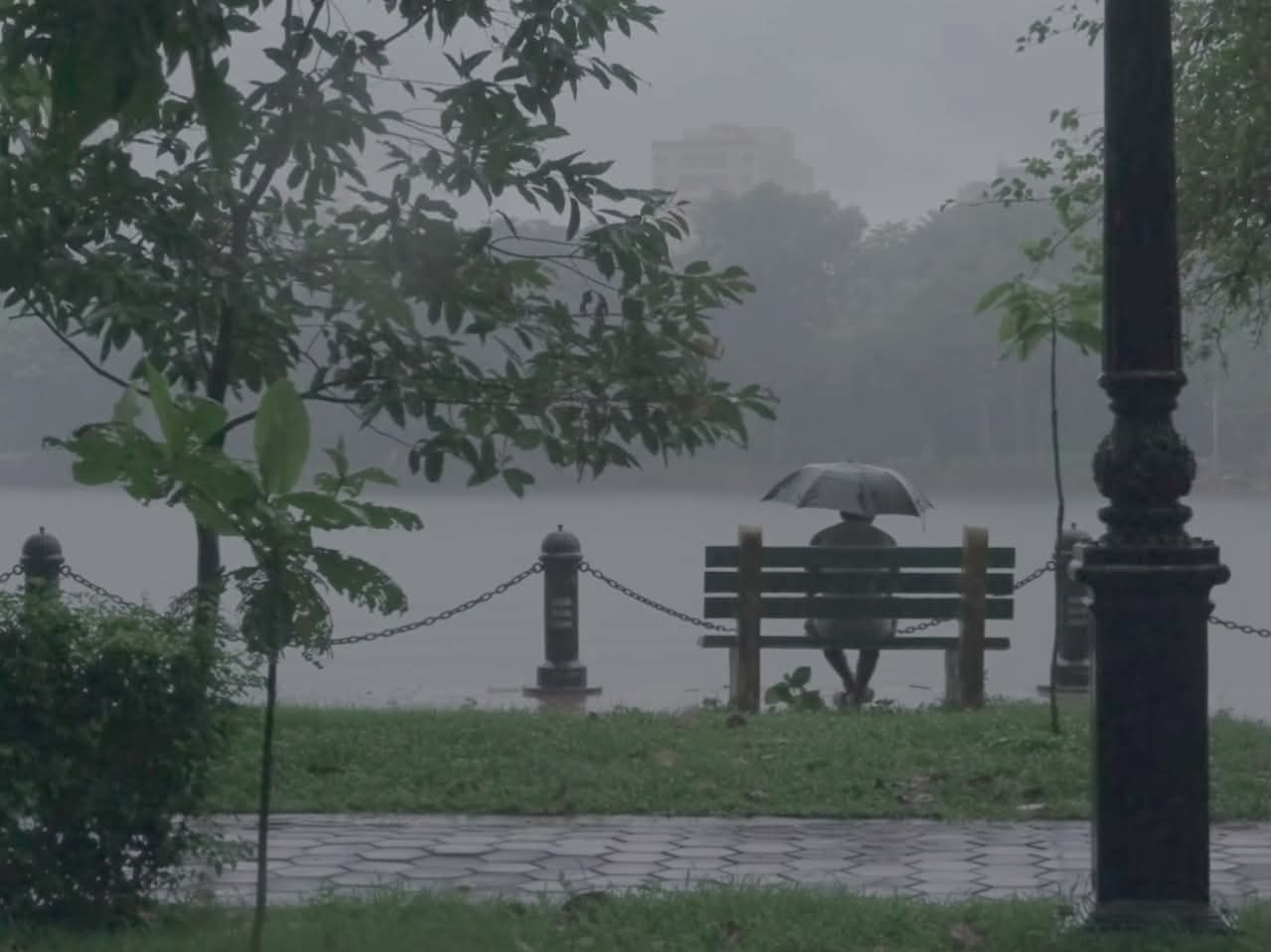
মানুষের জীবনে সবচেয়ে ভয়ংকর কষ্ট হলো-যাকে ভরসা করেছিলে। যাকে নিজের মনে জায়গ�...Read more
View (18,500) | Like (0) | Comments (0)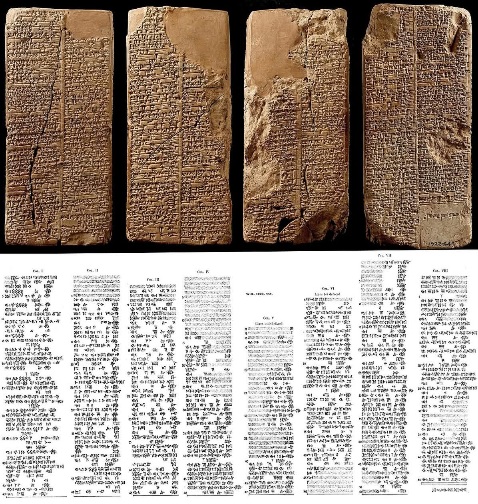
The Sumerian King List records a time when the first rulers of Earth supposedly reigned for tens of thousands of years. One king, Alulim, is said to have ruled for 28,800 years, while another held the...Read more
View (289) | Like (0) | Comments (0)
আমরা কেউই পারফেক্ট না। একজন মানুষ কোনো কাপড় নয়, যে তাকে কেটে-ছেঁটে নিজের মাপ�...Read more
View (13,448) | Like (0) | Comments (0)Fewlook is a world wide social media platform